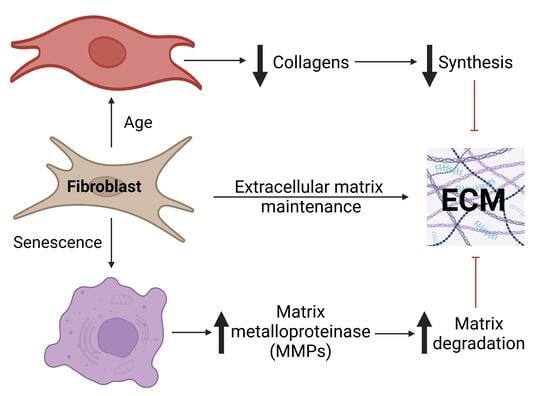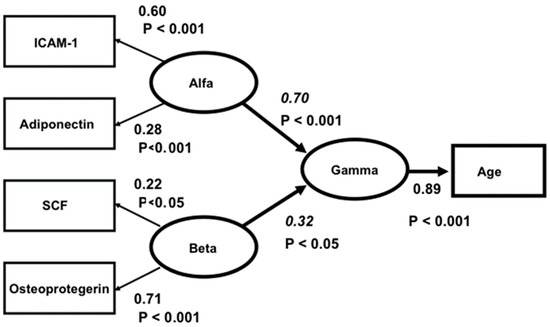Collection of Cell Aging—The Road Map of Aging
A topical collection in Cells (ISSN 2073-4409). This collection belongs to the section "Cellular Aging".
Viewed by 19001Editor
Interests: regulation of gene expression; development; organogenesis; cellular and organismic aging
Special Issues, Collections and Topics in MDPI journals
Topical Collection Information
Dear Colleagues,
Aging is accompanied by a continuous decline in the capacity to maintain organ homeostasis and function. At the same time, the median human lifespan continues to increase. Thus, understanding the molecular and cellular mechanisms that underlie the aging process is of significant societal impact and high scientific interest. In recent years, exciting progress has been made regarding several aspects of research on aging, such as senescence, stem cell biology, sex-specific aspects of aging, and epigenetics. Moreover, the reprogramming phenomenon and the development of senolytics have contributed to the vision that a deceleration of at least some aspects of aging might be in sight.
With this topic collection, we want to cover a wide array of topics, including but not limited to aging-associated changes in the epigenome, the cellular surveillance of protein homeostasis, damage response, cellular senescence, stem cell function and tissue regeneration, the aging of the immune system, the links between metabolism and aging, aging clocks, and aging-associated diseases. We also invite the submission of manuscripts on the translational aspects of research on aging, including those on the development of interventions in model organisms and humans.
Prof. Dr. Christoph Englert
Collection Editor
Manuscript Submission Information
Manuscripts should be submitted online at www.mdpi.com by registering and logging in to this website. Once you are registered, click here to go to the submission form. Manuscripts can be submitted until the deadline. All submissions that pass pre-check are peer-reviewed. Accepted papers will be published continuously in the journal (as soon as accepted) and will be listed together on the collection website. Research articles, review articles as well as short communications are invited. For planned papers, a title and short abstract (about 100 words) can be sent to the Editorial Office for announcement on this website.
Submitted manuscripts should not have been published previously, nor be under consideration for publication elsewhere (except conference proceedings papers). All manuscripts are thoroughly refereed through a single-blind peer-review process. A guide for authors and other relevant information for submission of manuscripts is available on the Instructions for Authors page. Cells is an international peer-reviewed open access semimonthly journal published by MDPI.
Please visit the Instructions for Authors page before submitting a manuscript. The Article Processing Charge (APC) for publication in this open access journal is 2700 CHF (Swiss Francs). Submitted papers should be well formatted and use good English. Authors may use MDPI's English editing service prior to publication or during author revisions.










